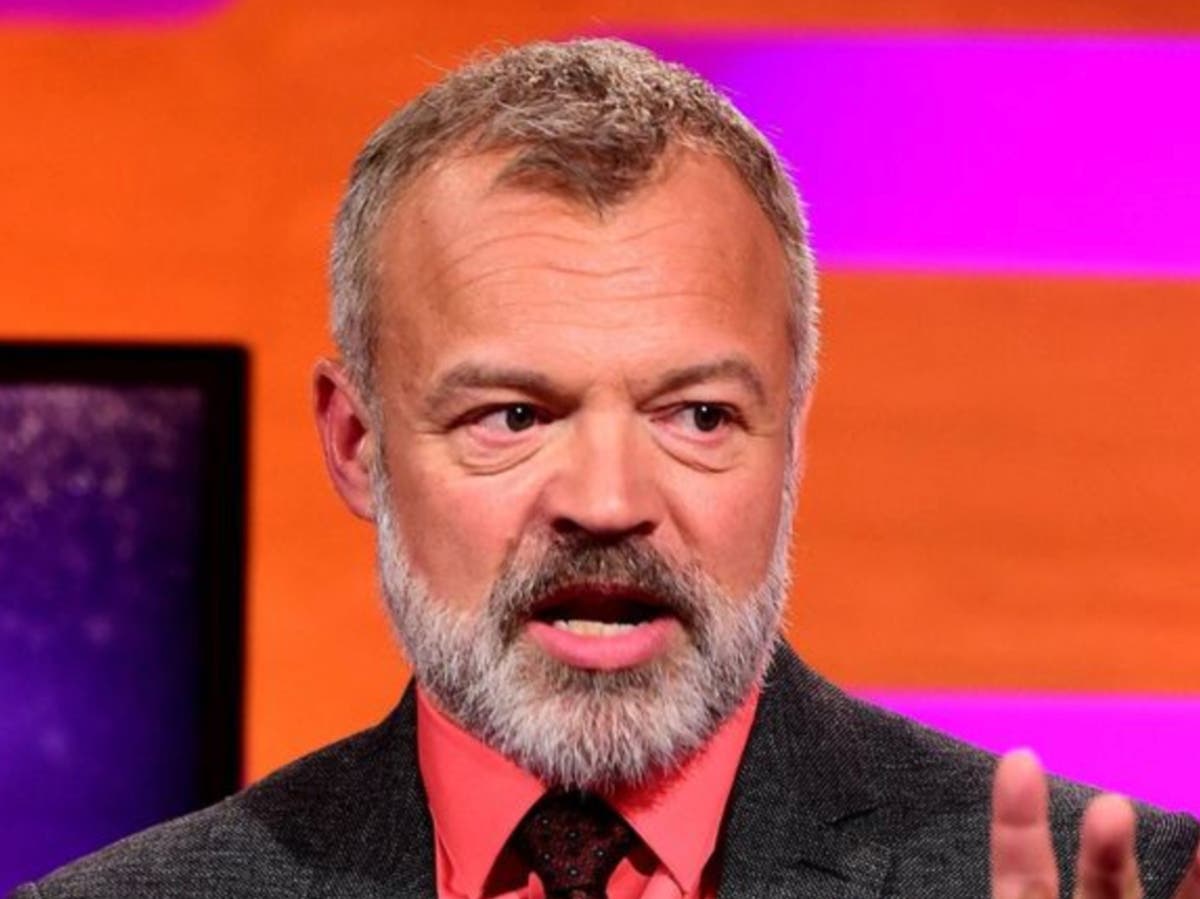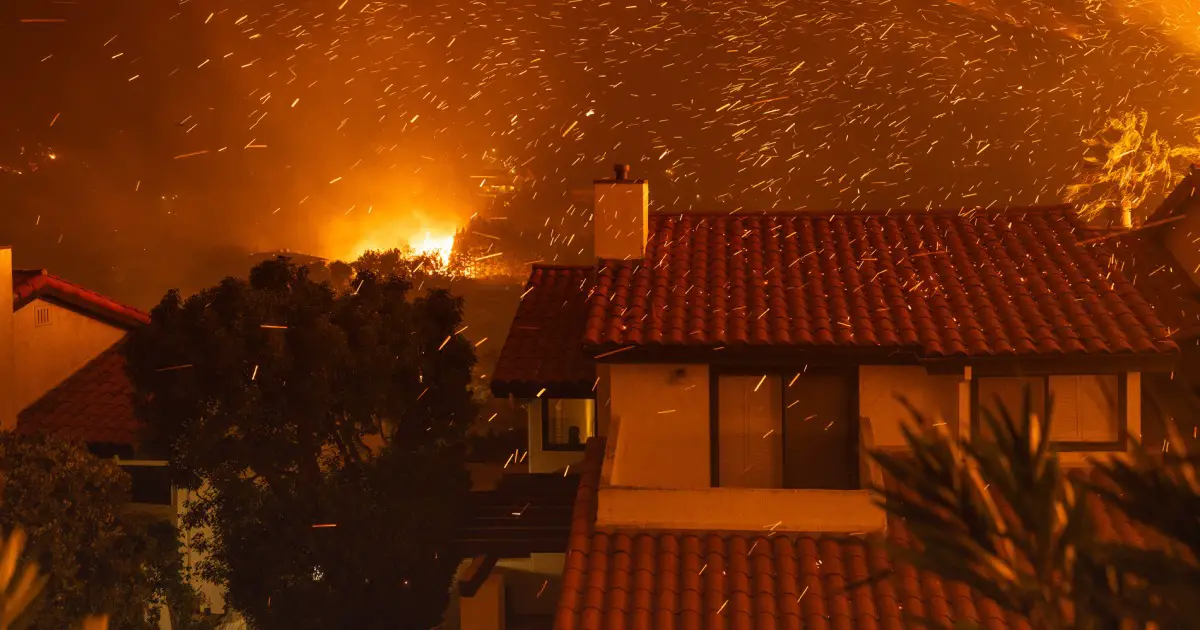“Look at that on the rock. Do you know what it tells us?” Kristin Arnold, my guide in south-east Germany’s Saxon Switzerland national park, points at a large mass of light green moss growing on a boulder.
“It tells us that the air quality is great here,” says Kristin. “This moss doesn’t grow if there’s any pollution around.” She inhales deeply, causing the backpack buckles strapped across her chest to creak. It’s contagious, like a yawn. The chirrupping of unseen birds and drizzle on fern mix with the sounds of our breath as we fill our lungs with premium Saxony oxygen.
Saxon Switzerland crosses Germany and the Czech Republic, and got its name when two 18th-century Swiss painters, Adrian Zingg and Anton Graff, noted that the beauty of its sandstone mountain landscape was reminiscent of their homeland. The area has attracted hardcore hikers for centuries, but the western edge of the 94 sq km national park has become easily accessible to skinny-calfed amateurs like myself.
This is thanks to Bad Schandau, a spa town on the bank of the Elbe River, served by direct trains to Dresden, Berlin and Prague to the south. A night train connects Zurich and Bad Schandau, and in March the European Sleeper running between Brussels and Berlin was extended to here.
From Bad Schandau station, a dinky passenger ferry takes me across the Elbe to Hotel Elbresidenz an der Therme, where I’m given a free public transport card: standard issue for tourists. The town is walkable, buses and a tram run to hiking trails, and an art nouveau elevator built in 1904 connects Bad Schandau to the suburbs.
Kristin says that most tourists head to Bastei Bridge, built in 1851 to connect bulbous rock formations, or the nearby grand hilltop Königstein Fortress. She smiles with relief when I ask for an excursion that is “non-Tripadvisor”, then takes me to a trail beginning at the Schrammsteinbade bus stop. We duck under forested sandstone ridges, climbing slowly upwards on metal ladders through craggy crevices.
A huge jagged sandstone wall looms over the forest: a gnarly ridge with wiry trees sprouting from its midriff. Winter scenes like this inspired Caspar David Friedrich, the German Romantic artist, to paint works such as his 1818 masterpiece Wanderer Above the Sea of Fog. Kristin says this area, Schrammsteine, becomes crowded with selfie-seekers during summer, but today it belongs to us.
Kristin points out small metal boxes on some of the most perilous-looking stone peaks. They contain logbooks in which climbers can record their vertical conquests. Leisure climbers have been scaling the 90-metre Falkenstein, the area’s most famous climbing rock, since the mid-19th century, but Kristin says tools dating back to medieval times have been found on it.
She opens a picnic box containing salami made from local wild pig and walnuts, plus local cheese. Kristin doesn’t accept hiking groups of more than eight people, to help minimise her tour business’s impact on the national park. Climate change poses a big enough problem for the park without the added troubles of overtourism, she says. Over the past few years, bark beetles have chomped through the park’s spruce trees, as warmer winters fail to kill off the bugs.
Kristin says some local businesspeople don’t want the national park, which has 250 miles of trail routes, to continue as a protected area, “so they can put up zipline parks and bring more tourists. I’d rather help protect it for future generations.”
Sustainability is also promoted in Schmilka: a one-street village on the border with the Czech Republic and a short bus ride east from Bad Schandau. While eating sausage and lentil soup in the village restaurant, Gasthof Zur Mühle, I admire antique wooden pinball games attached to the wall: they are part of a collection owned by entrepreneur Sven-Erik Hitzer.
Hitzer started playing a form of rustic Monopoly in Schmilka in the late 2000s, buying and renovating buildings until he owned almost every venue here. His friendly employees show me a 200-year-old wooden bread oven in the village bakery, which was then their organic brewery.
after newsletter promotion
Some “sustainable” measures, such as a huge water-powered wooden wheel that grinds grain, are for show. However, Kristin tells me that although Hitzer is a canny businessman, he focused on sustainability before it became an industry buzzword. Heat from the bakery and brewery helps power the village, and electric car chargers were recently installed.
I’m tempted by the steam rising from Schmilka’s outdoor wooden hot tubs, but instead I end my trip in Toskana Therme, the large pool and sauna complex I have free access to as a guest at Hotel Elbresidenz an der Therme. After being scolded by an attendant for not removing my trunks quickly enough in the sauna room, I float in the circular Liquid Sound pool, my breathing slowing as tinkling classical music emanates from underwater speakers.
While watching purple jellyfish shapes cast on to the ceiling, I initiate a whispered chat with a dreadlocked man floating near me. His name is Andreas Ullrich, and he’s an artist from Dresden who founded an artists’ residence here to attract more creatives making works inspired by the great outdoors.
“The drama of life plays out here,” says Andreas. “There’s a tree with cherries that we visit, and consider family. At our house, a bird comes in the morning and taps on the window. Maybe this is just the romantic view of a guy who was in a city most of his life, but these sensations feel deep and rich.”
Normally, talk of friendly trees and anthropomorphic birds would have me sprinting to wash the hippie from my system. But after two serene days among the mountains of Saxon Switzerland, I’d probably marry a clump of Saxony moss if it proposed.
Travel from London to Brussels was provided by Eurostar (from £38 each way). Travel from Brussels to Dresden was provided by Omio, whose app allows travellers to compare different transport methods simultaneously. Accommodation in Bad Schandau was provided by Hotel Elbresidenz an der Therme (doubles from €190 B&B, with Toskana Therme entry), via Tourism Association Saxon Switzerland. The European Sleeper train runs between Brussels Midi and Bad Schandau station (one-way couchette from €69)





